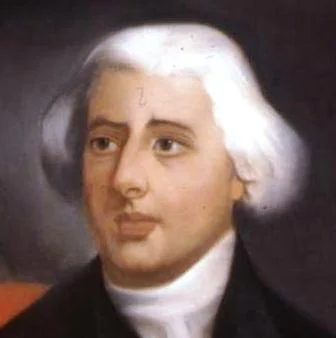1756 – 1820 (September 29)
Thomas Matthew Carr, son of Michael Carr and Mary McDaniel, was born in Dublin, Ireland, and was baptized, possibly on the day of his birth, at St Catherine Church, on January 14, 1755. He had one known sibling, a sister who, years later, joined him in America. He entered the Order at the age of 16, made his novitiate at John’s Lane in Dublin, and was professed on November 6, 1772. He received his education at the Augustinian house of studies at Toulouse in Southern France, and was ordained there on June 13, 1778.
After ordination, Father Carr returned to Ireland where, he spent the next eighteen years, mainly in Dublin. The Provincial Chapter of 1782 elected him second visitator of the Province and the Chapter of 1795, elected him prior of the convent in Dublin.
In 1796, travled to the United States where he became the first superior of the Augustinian Foundation in America. For a time, he lived and assisted at Saint Joseph Parish in Philadelphia, PA. In June, 1796, only a short time after his arrival, he began collecting funds to build Saint Augustine's Church in the city, and later that year, he bought the ground for the future church. On June 7, 1801, largely through his efforts, Saint Augustine's was dedicated and opened for worship. Father Carr took care of the parochial duties at both Saint Augustine's and Saint Mary's and he continued to preach on Sundays at Saint Mary's for some years. In 1804, he was one of the early Augustinians responsible for obtaining a charter for the Brother Hermits from Pennsylvania's Governor McKean. From 1799 to 1804, Father Carr served as Vicar-General of Bishop John Carroll for the Philadelphia district. At this time he was also a frequent correspondent with the saintly Mother Seton. In addition, he served as Professor of Rhetoric in the Baltimore Seminary. On December 9, 1811, he opened the Saint Augustine Academy.
Father Carr was 64 when he died on September 29, 1820 at Saint Augustine's. He is buried in the vault at Saint Augustine's in Philadelphia.


